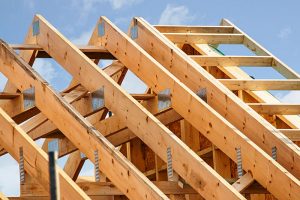Upgrading Highway Bridge Infrastructure
There is general agreement that the country’s infrastructure is in critical condition. With available funding that pales in comparison to the amount needed, engineers working on infrastructure-related projects have a professional obligation to produce high-efficiency projects to ensure maximum impact is obtained from the available funding. …






